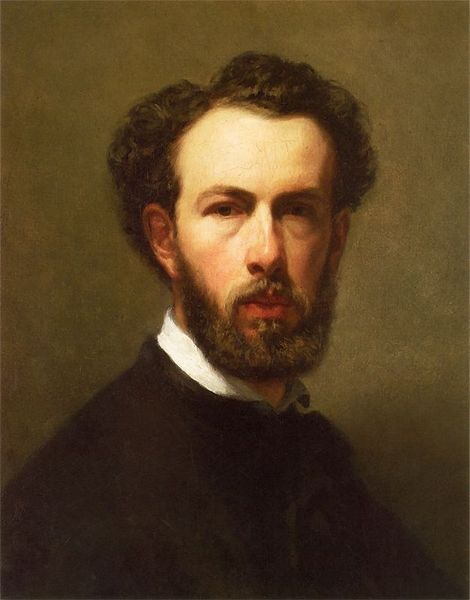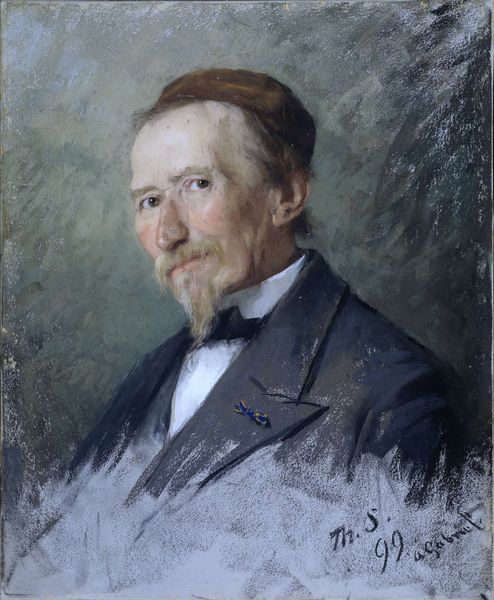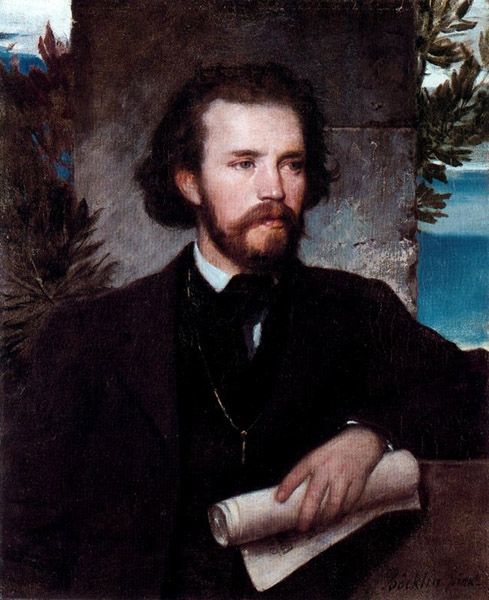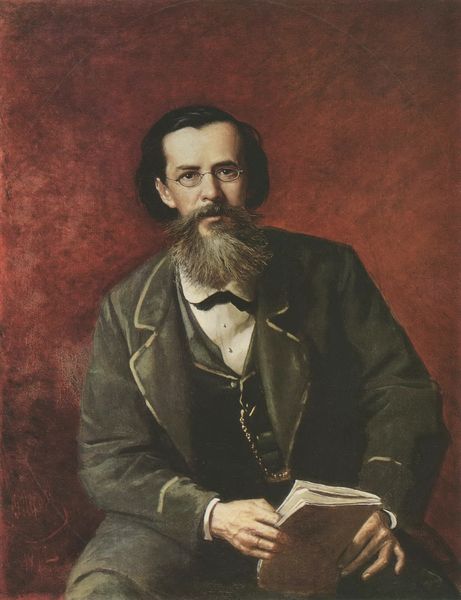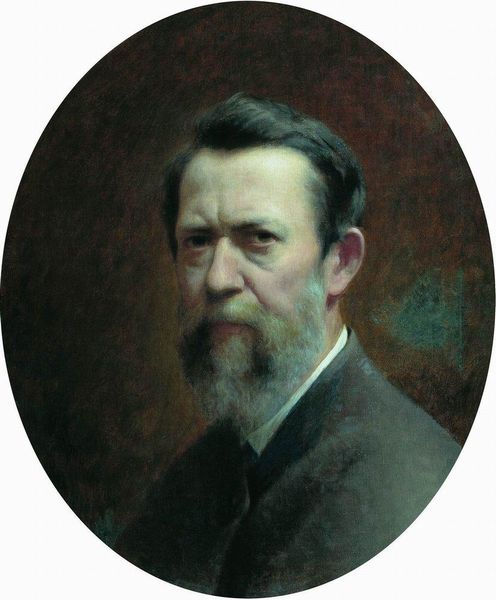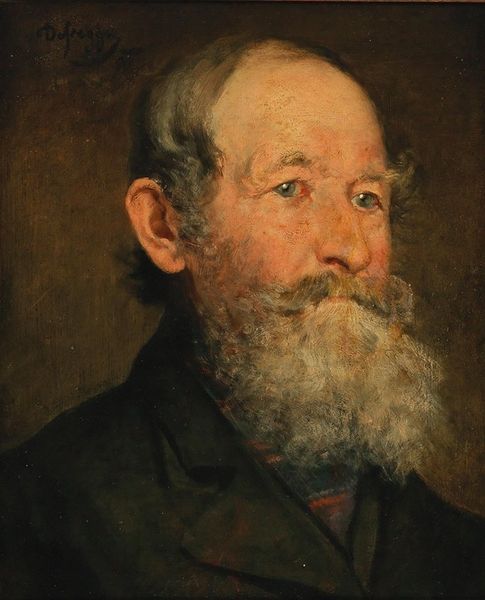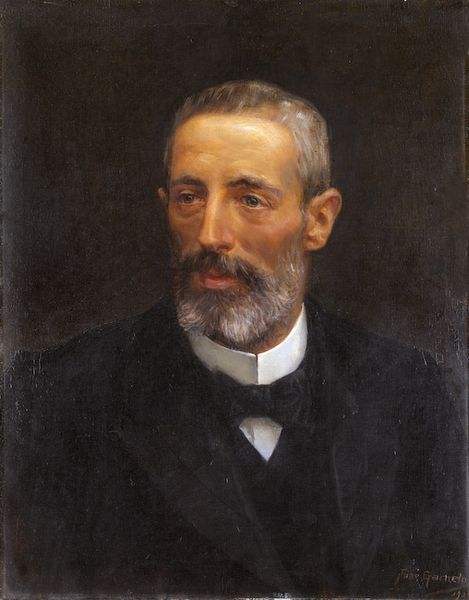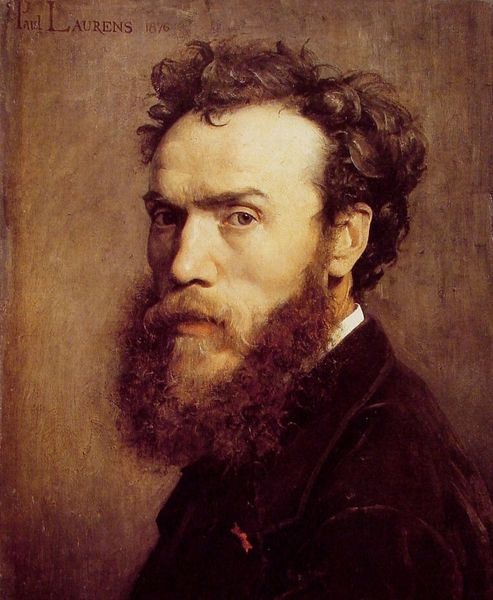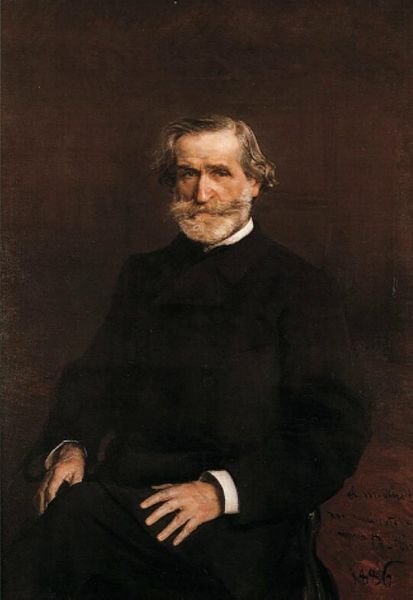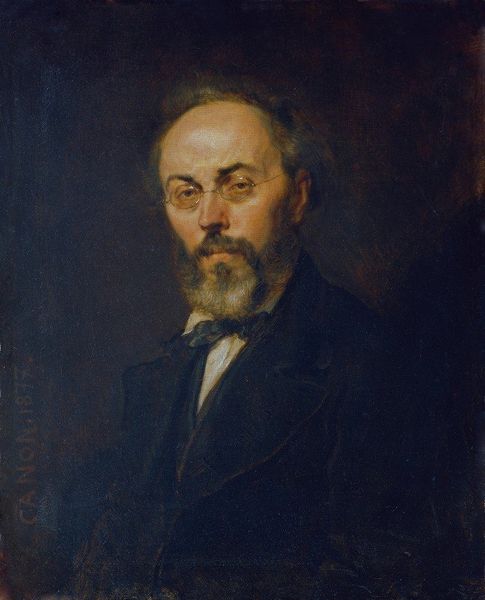
Copyright: Public domain
Editor: Here we have Henryk Rodakowski's Self-Portrait from 1853, painted with oil on canvas. The mood feels both confident and a little melancholic, wouldn’t you agree? What strikes you most about this piece? Curator: What I see is a carefully constructed performance of masculinity deeply embedded in the sociopolitical context of 19th-century Poland. This was a time of partitions and national identity was under constant threat. How does Rodakowski use his own image to engage with these anxieties? Editor: A performance, you say? In what way? Curator: Look at his gaze – direct, but also slightly averted, suggesting both confidence and a sense of vulnerability. Consider the beard and the clothing, carefully curated symbols of status, respectability and belonging. Now, think about who had the privilege to produce such a portrait. What identities are centered, and whose are marginalized in its narrative? Editor: That's interesting. So, it’s not just a simple self-portrait, but also a statement about his place in society? Almost a… resistance? Curator: Exactly. Think of it as a visual assertion of Polish identity in a time of political oppression. By presenting himself in this manner, Rodakowski participates in shaping a national narrative, one that attempts to reclaim agency. To what extent do you think this piece successfully conveys this layered meaning? Editor: I hadn’t considered it in that light before. I guess I saw the Romantic style but missed the political undercurrent. Seeing it as a statement of resistance changes everything! Curator: Precisely, and by looking closely at portraits like these, we can unlock a much wider history of identity, politics and art. Editor: Thank you! That has really opened my eyes to new possibilities for interpretation.
Comments
No comments
Be the first to comment and join the conversation on the ultimate creative platform.

